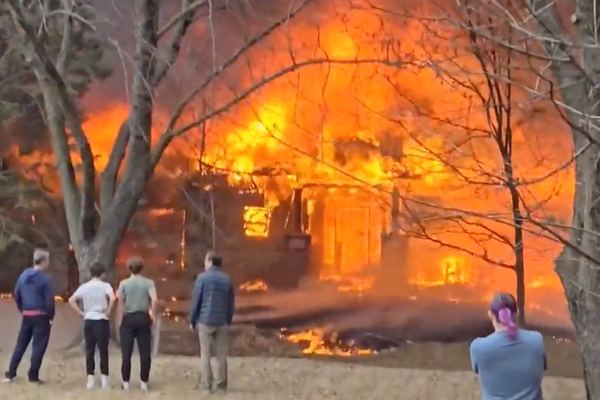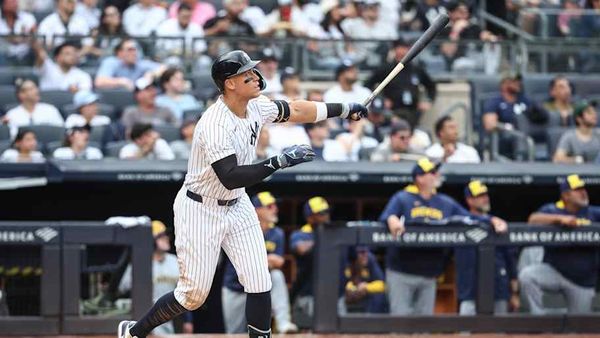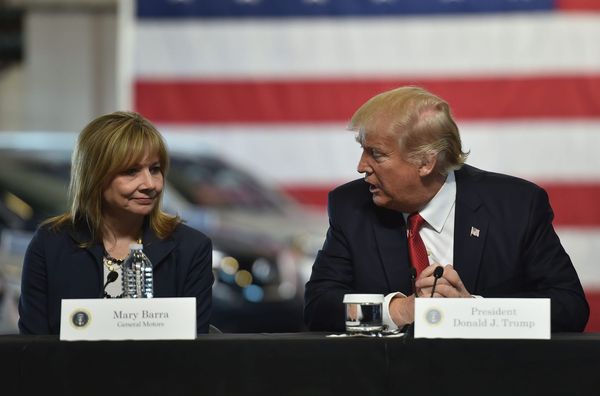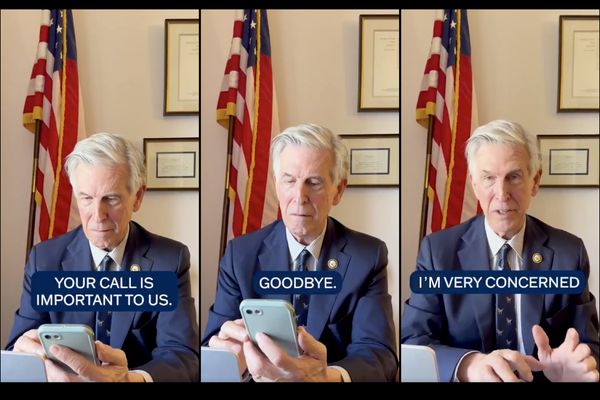
Lila Pigliafiori knows the power of having an Indigenous healthcare provider in community.
Her mother was a nurse and Aboriginal health worker, and also inspiration for herself to enter the field.
Now as a clinical nurse consultant in the alcohol, tobacco and other drug service in Queensland's Mt Isa, Ms Pigliafiori said the most important thing is ensuring her community understands the healthcare system and is empowered to make the best choices.
"When I do my work I like to do it thorough, so that when a person walks away they can feel like they were valued, they were included, they knew what was being discussed," the Waanyi, Gangalidda and Torres Strait Islander woman told AAP.
Rebecca Mabo has only been working in Mt Isa as a midwife for six weeks after graduating from university in Melbourne, but she's already noticed the difference her presence can make to her patients.
"I can already see there seems to be a level of comfort, particularly when I'm interacting with First Nations women," the Dunghutti, Meriam, Manbarra and South Sea Islander woman said.

Both women work at the North West Hospital and Health Service, where Indigenous people represent 10 per cent of the workforce.
This is three times higher than the national target set by the National Aboriginal and Torres Strait Islander Health Workforce Strategic and Implementation Plan.
The implementation of this plan is one of the 44 recommendations set out in the 2025 Close the Gap campaign report, released on Thursday.
The Close the Gap campaign is a community response to the framework for all Australian governments in the National Agreement on Closing the Gap.
The report features nine case studies, highlighting the work of First Nations organisations and calls on governments to fulfil their obligations under this agreement.
"Through their collective efforts, Aboriginal and Torres Strait Islander peoples have made meaningful strides," campaign co-chair Katie Kiss said.
"However, there is still much more to be done to ensure that the health and wellbeing of First Nations peoples are truly prioritised."
Among the recommendations are a national framework to deliver voice, truth and treaty, investment in the Aboriginal and Torres Strait Islander health workforce and providing culturally safe aged-care services in urban, regional and remote areas.
The report highlights the importance of community-led solutions and Indigenous leadership to improve the lives, wellbeing and future of First Nations people.
Two of Ms Pigliafiori's children have followed her path into health careers but when she graduated from her nursing degree in 2019, she said she had no idea the "ripples" of difference she could make.
"People are always going to get sick, public health issues will always be there, but let's do a good job at making sure our mob get the same treatment as everybody else when they do front up to that hospital or medical service," she said.







